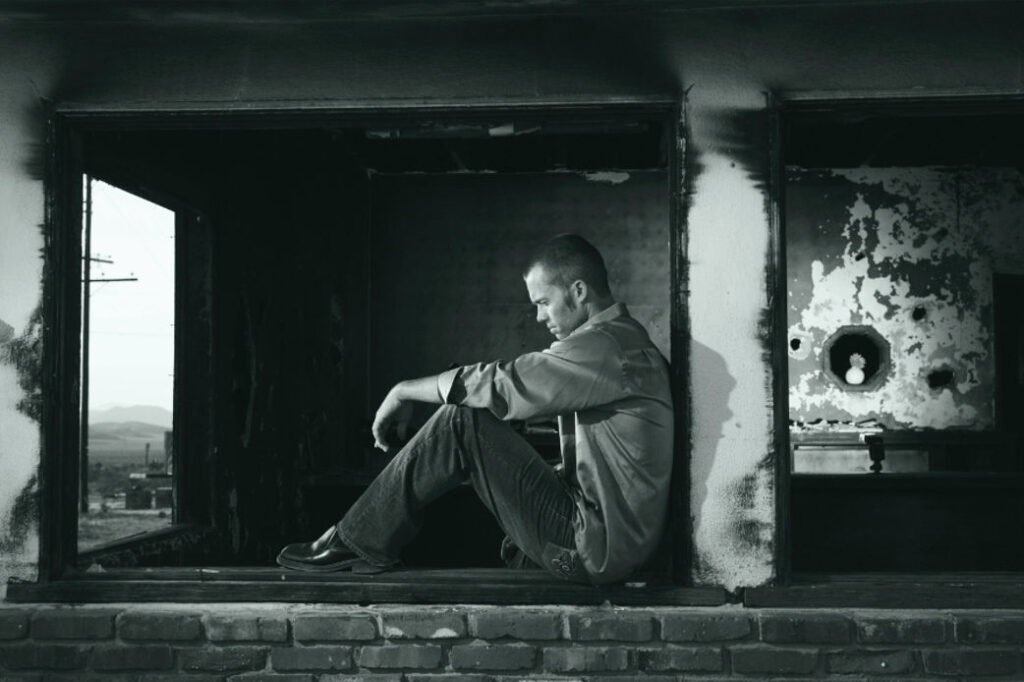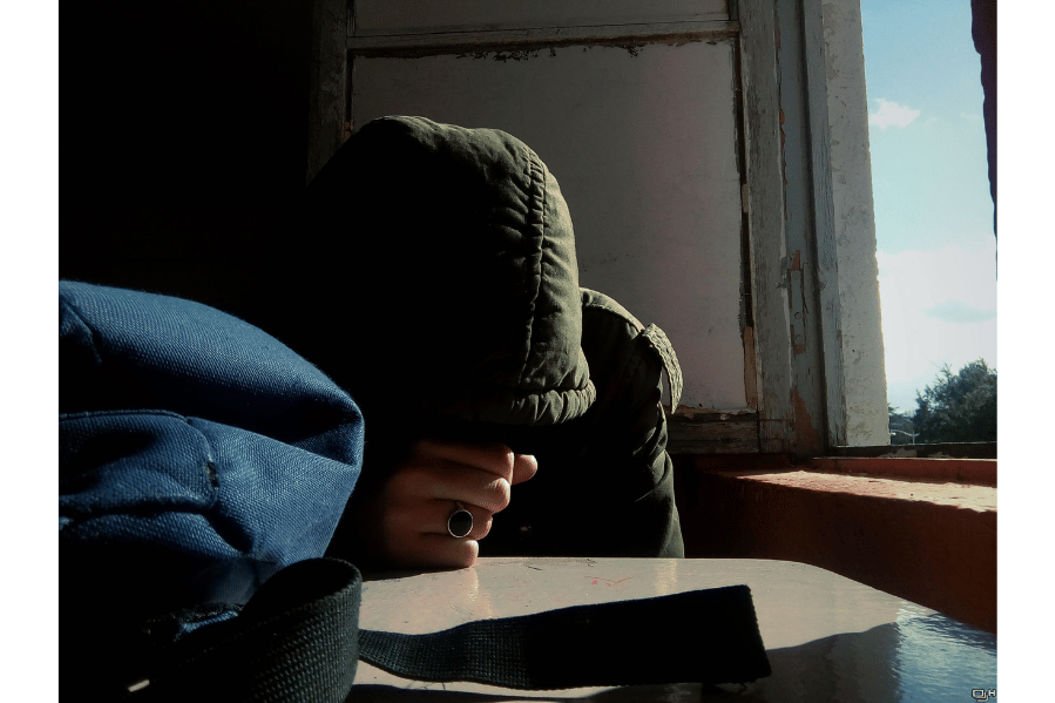Depression (major depressive disorder) is a frequent and significant medical ailment that hurts your feelings, thoughts, and behaviors. Luckily, treatment is available. Sadness and a loss of interest in once-enjoyed activities are symptoms of depression. It can make it harder for you to function at home and work and cause a range of mental and physical issues.
The following are some examples of mild to severe symptoms of depression:
- Sadness or a gloomy state of mind
- loss of enthusiasm or enjoyment for previously appreciated activity
- Appetite changes – weight gain or loss not connected to dieting
- Having difficulty falling asleep or sleeping too much
- Lack of energy or increased weariness
- Rise in aimless movement (such as pacing, hand wringing, or inability to sit still) or sluggish speech or movement (these behaviors must be severe enough to be seen by others)
feeling guilty or unworthy - Having trouble focusing, thinking clearly, or making decisions
Suicidal or fatalistic ideas - For a diagnosis of depression, symptoms need to persist for a minimum of two weeks and indicate a shift from your pre-disordered functioning level.
For a diagnosis of depression, symptoms need to persist for a minimum of two weeks and indicate a shift from your pre-disordered functioning level.
Furthermore, medical diseases (such as thyroid difficulties, a brain tumor, or a vitamin shortage) can mirror depression symptoms, therefore it is critical to rule out general medical causes.
In any given year, depression affects approximately one out of every fifteen persons (6.7%). Furthermore, 16.6% of people, or one in six, will at some point in their lives experience depression. While it can happen at any age, depression typically first manifests in late adolescence or early adulthood. it is more common in women than in males. According to some research, one-third of women will have a significant depressive episode over their lives. When first-degree relatives, such as parents, siblings, or children, have depression, there is a significant heritability (around 40%).
Types of depression
| Major depression | Major depression includes symptoms of depressed mood or loss of interest, most of the time for at least 2 weeks, that interfere with daily activities. |
| Persistent depressive disorder | Persistent depressive disorder (also called dysthymia or dysthymic disorder) consists of less severe symptoms of depression that last much longer, usually for at least 2 years. |
| Perinatal depression | Perinatal depression seasonal affective disorder is depression that comes and goes with the seasons, with symptoms typically starting in the late fall and early winter and going away during the spring and summer. |
| Seasonal affective disorder | is a type of seasonal depression, meaning that symptoms usually appear in the late fall and early winter and disappear in the spring and summer. |
| Depression with symptoms of psychosis | is a seasonal depression, with symptoms often appearing in the late fall and early winter and dissipating by spring and summer. |
Signs and patterns
An individual experiences a depressed mood (feeling gloomy, irritated, empty) during a depressive episode. They could experience a decrease in enjoyment or interest in activities.
A depressive episode differs from typical mood swings. For at least two weeks, they last for most of the day, almost every day.
Other symptoms may be present, including:
- inadequate focus
- Excessive guilt or low self-worth;
- pessimism about the future;
- suicidal thoughts;
- disturbed sleep;
- changes in eating or weight;
- extreme exhaustion or lack of energy.
Depression can lead to challenges in all spheres of life, such as in work, school, and the community.
A depressive episode can be classified as mild, moderate, or severe based on the frequency and intensity of symptoms, as well as how they affect the individual’s functioning.
There are various patterns of depression episodes, which include:
One episode depressed illness, which refers to an individual’s single depressive episode; recurrent depression disorder, which indicates an individual has experienced at least two depressive episodes in the past; and bipolar disorder, in which cycles of manic symptoms—such as euphoria or irritability, increased activity or energy, and other symptoms like increased talkativeness, racing thoughts, elevated self-esteem, diminished need for sleep, distractibility, and impulsive, reckless behavior—intersperse with depressive episodes.
Depression Is Not The Same As Sadness, Grief, or Loss

It can be tough for someone to go through the death of a loved one, lose their job, or terminate a relationship. It is typical for sentiments of sadness or grief to arise in reaction to such situations. Those who have suffered bereavement frequently describe themselves as “depressed.”
However, being sad does not imply depression. Grief is a normal and personal process that shares some characteristics with depression. Both grief and depression can cause deep sadness and withdrawal from daily activities. Important distinctions exist between them as well.
| 1. In sorrow, unpleasant emotions come in waves, typically interspersed with positive recollections of the deceased. Major depression is characterized by low mood and/or interest (pleasure) over most of the two weeks. 2. In most cases, self-esteem is maintained during sorrow. Depressive thoughts and emotions of self-loathing are typical in serious depression. 3. When contemplating or daydreaming about “joining” the departed loved one, ideas of death may come to mind. Major depression is characterized by thoughts of suicide due to feelings of worthlessness or undeservingness of life, as well as an inability to cope with the anguish of despair. |
Grief and it can coexist. For some people, the death of a loved one, the loss of a career, or being the victim of a physical assault or a big calamity can cause sadness. When grief and it coexist, the grief is more profound and lasts longer than when the two are separate.
Distinguishing between sorrow and it is critical because it allows people to obtain the aid, support, or treatment they require.
Who experiences depression?
Depression affects people of all ages, races, nationalities, and genders.
Even though women are more likely to receive a depression diagnosis than men, depression can still affect men. Because men are less likely to notice, discuss, and seek help for their feelings or emotional difficulties, they are more likely to go untreated or undertreated for depression symptoms.
Members of the LGBTQI+ group are also more likely to suffer from depression, according to studies.
Medicines
Brain chemistry may contribute to depression and play a role in treatment. As a result, antidepressants may be administered to help modify one’s brain chemistry. These drugs aren’t sedatives, “uppers,” or tranquilizers. They do not form habits. When taken by someone who is not depressed, antidepressant drugs often have no stimulating effect.
Antidepressants may generate some relief within the first week or two of treatment, but the full effects may not be realized for two to three months. After a few weeks, if the patient shows little to no improvement, the psychiatrist may decide to add or remove an antidepressant, change the medication’s dosage, or both. In certain circumstances, additional psychotropic drugs could be beneficial.
If a drug does not work for you or you encounter side effects, you should notify your doctor.
After the symptoms have subsided, psychiatrists typically advise patients to keep taking their prescription for six months or longer. Longer-term maintenance treatment may be recommended for select high-risk individuals to reduce the likelihood of subsequent episodes.
Self-care
Self-care can help manage depressive symptoms and promote overall well-being.
What you could do:
- To manage depression, it’s important to engage in activities you enjoy, stay connected with friends and family, exercise regularly (even if it’s only a short walk), maintain normal eating and sleeping patterns, and avoid or limit alcohol and illicit drug use.
- Talk to someone you trust about your feelings.
- Consult with a medical professional for support.
If you’re considering suicide:
Remember you are not alone and that many others have found help. Talk to someone you trust about your feelings and seek support from a health expert, such as a doctor or counselor.
- enroll in a help group.
- If you believe you are at imminent risk of hurting yourself,
- call a crisis line or any available emergency services.
Electroshock Treatment (ECT)
Electroconvulsive Therapy (ECT) is often reserved for people with severe serious depression who have not responded to conventional therapies. Under anesthesia, the patient has a short electrical stimulation of the brain. A patient normally receives ECT two to three times per week, for a total of six to twelve sessions. A team of skilled medical professionals, comprising a psychiatrist, anesthesiologist, and a nurse or physician assistant, is typically in charge. Since the 1940s, researchers have utilized ECT, resulting in significant advancements and the acceptance of its efficacy as a mainstream treatment rather than a “last resort.”
What is the true meaning of depression?
Depression is a persistent feeling of melancholy and loss of interest that prevents you from engaging in typical activities. There are various kinds of depression, and their symptoms can range from mild to severe. In most cases, depression is caused by a combination of events and factors.
What is the main point of depression?
Depression produces melancholy and/or a loss of interest in formerly enjoyable activities. It can cause several mental and physical problems, reducing your capacity to operate at work and home.
What happens during the depression?
Depression affects both the intellect and the body, and almost invariably for the worse. Hormones released during depressive episodes can induce brain damage, emotional instability, sleep disturbances, and cognitive impairment.

I’m a seasoned content creator with 6+ years of experience crafting engaging, SEO-optimized content that drives traffic and rankings. I excel in keyword research, link building, and guest posting, ensuring your brand reaches new heights.

